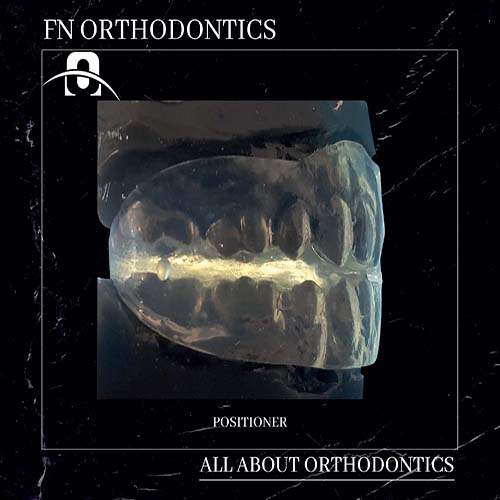
One of the essential papers in the library of the F.N.'s. Orthodontics is well-known: "Design and construction of removable orthodontic appliance" by P.C. Adams.
A basic operation principle in orthodontic mechanical Treatment is the fundamental law of motion by Isaac Newton, stating that wherever there is an action F1, there is also an opposite force -F1, known as a reaction.
The continuous development of the orthodontic brackets rendered the palatal and lingual plates with active components such as palatal expanders and springs, substantial and compelling.
In the international and national bibliography, there is a wide range of brackets in removable orthodontic appliances. As an example, we mention the most important:
Perhaps the most widely used Adams bracket, the Schwarz bracket, the Ball Clasp, the Arrowhead Clasp, the circumferential, the triangular, the continuous, the Shouthend, the Band & Bar, and many more not so commonly used.
The appliance includes a primary acrylic plate that fits into the palatal-lingual mucous membrane in its classic form. At the same time, a short labial bow is used as a retainer, and on the right and left, retaining brackets are used on the appropriate supporting teeth. The type and position of the brackets are used in a way that they do not cause obstructions to occlusion but to provide maximum retaining.
In addition, the use of active components such as palatal expanders and springs to be correct and balanced without causing the appearance of undesirable side effects.
Among the various removable appliances that are used, the most popular are:
• The Hawley Retainer and the Wraparound circumferential. The retainer appliances can be combined with immobilization of certain teeth (mainly of the frontal area) so that the risk of a relapse is reduced to the minimum regardless of the patient's compliance with the consistent application of the removable appliance.
• The active Hawley with the addition of palatal expanders and springs
• The Spring Retainer - Aligner type after a Set-Up of frontal teeth primarily for minor crowding or mild relapses.
• Moreover, it is possible to add acrylic teeth to residual areas after the completion of the orthodontic movements where space is retained for future orthodontic restoration.
They are applied to both the upper and lower jaw, and during their placement, they have to be completely passive, without tensions that can cause side effects and attention to excessive retaining.
According to P.C. Adams, their frequent replacement at regular intervals is also compulsory during orthodontic mechano-therapy.
Finally, with the new (Cubi-Ortho) techniques and the facilities that digital technology offers, many designs, shapes, colors can be easily adjusted to the appliance and make the favorite Hawley of the dentist's office young patients.






































